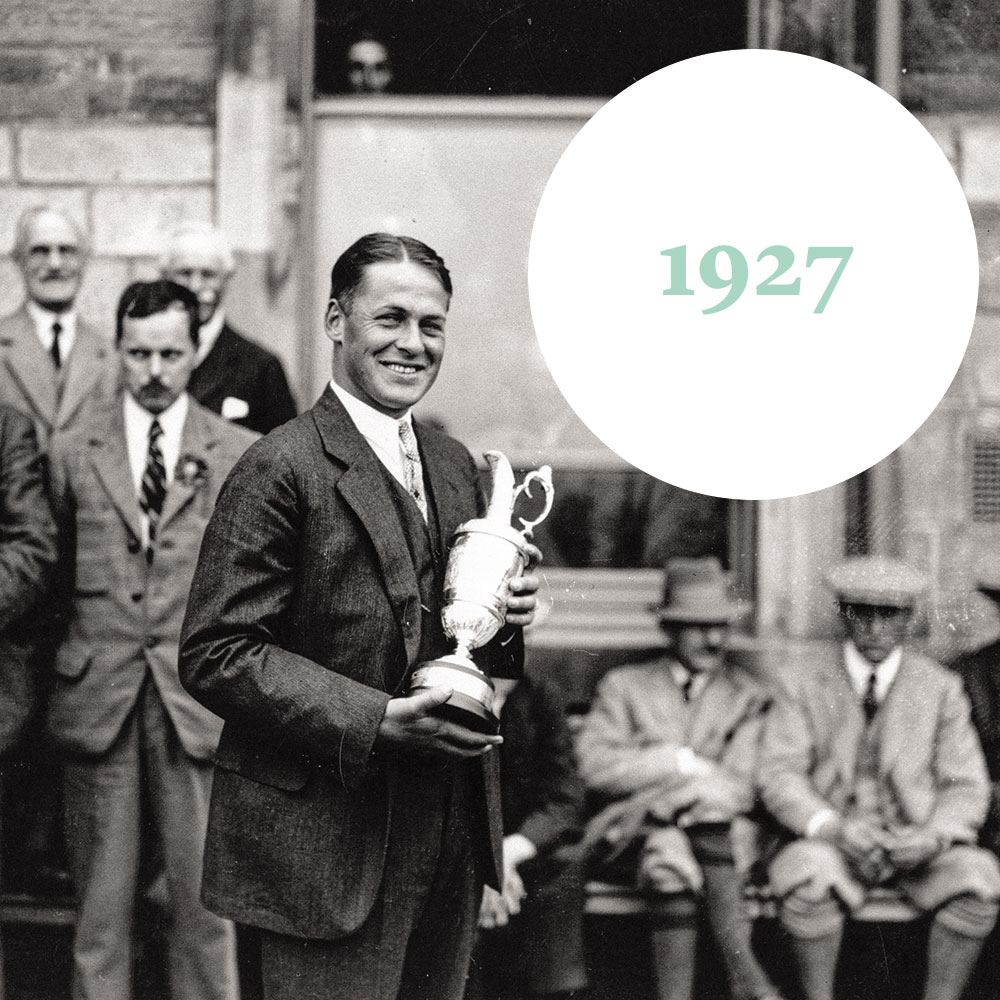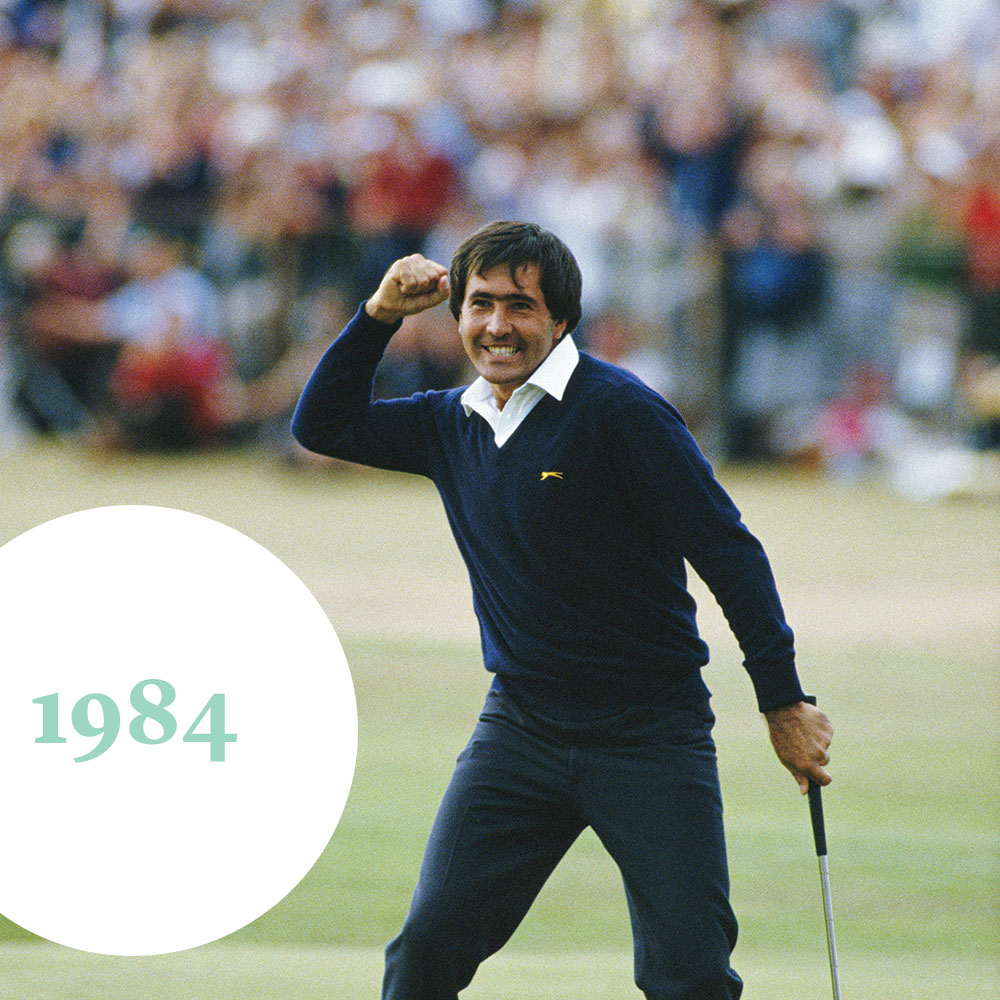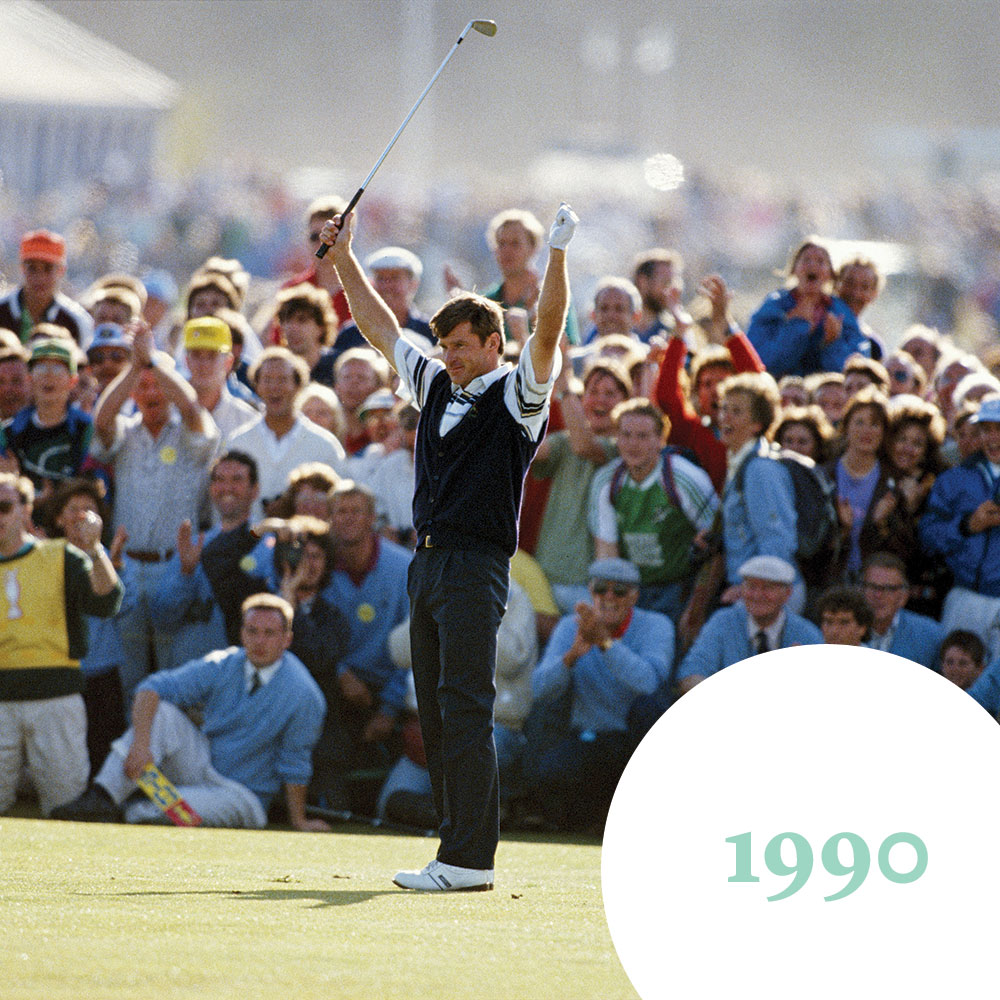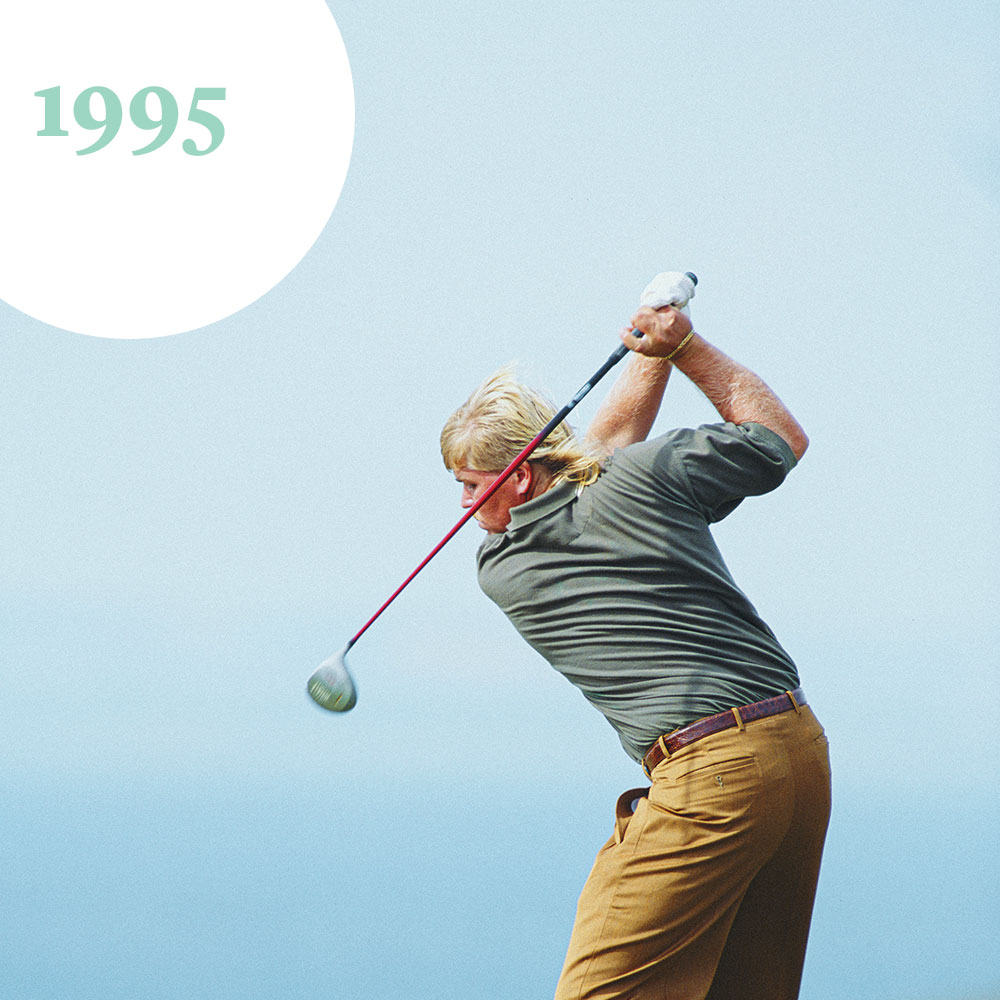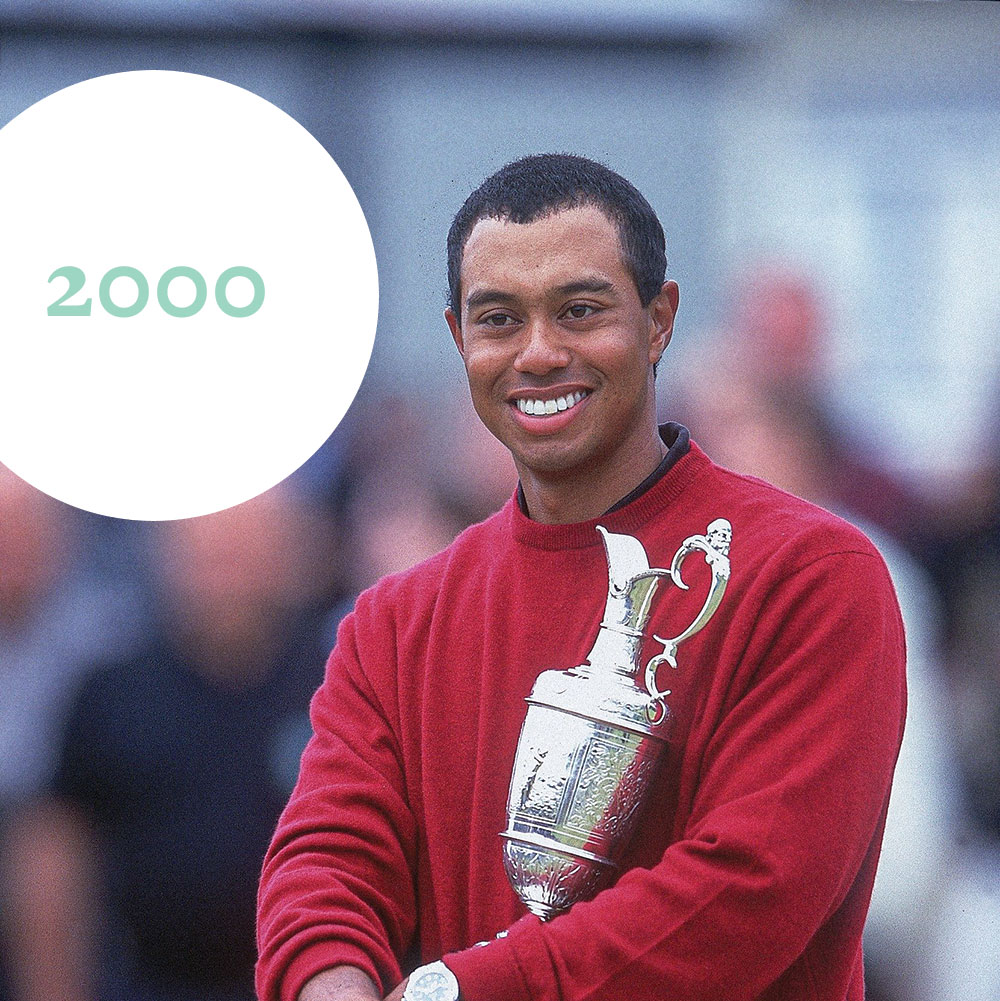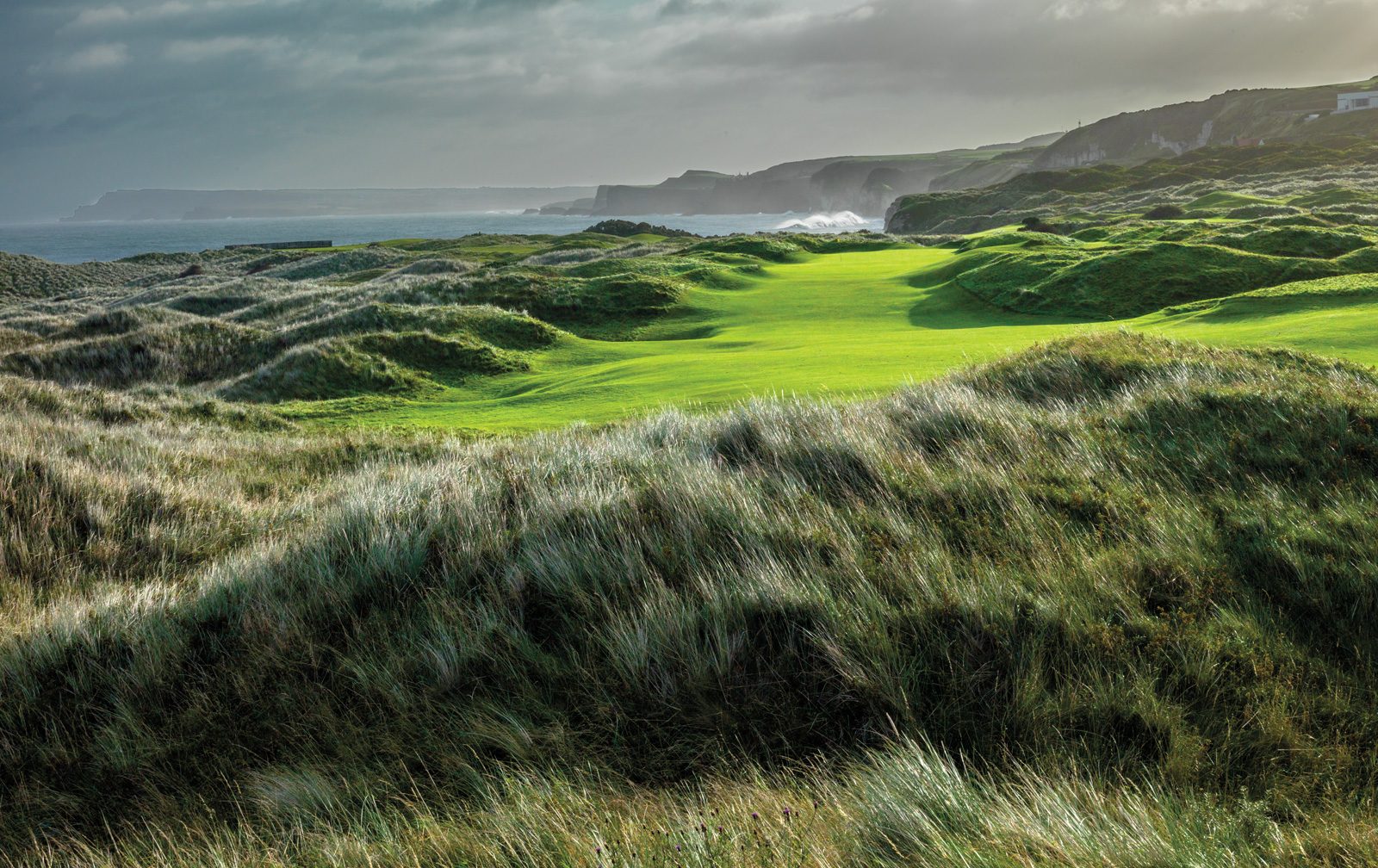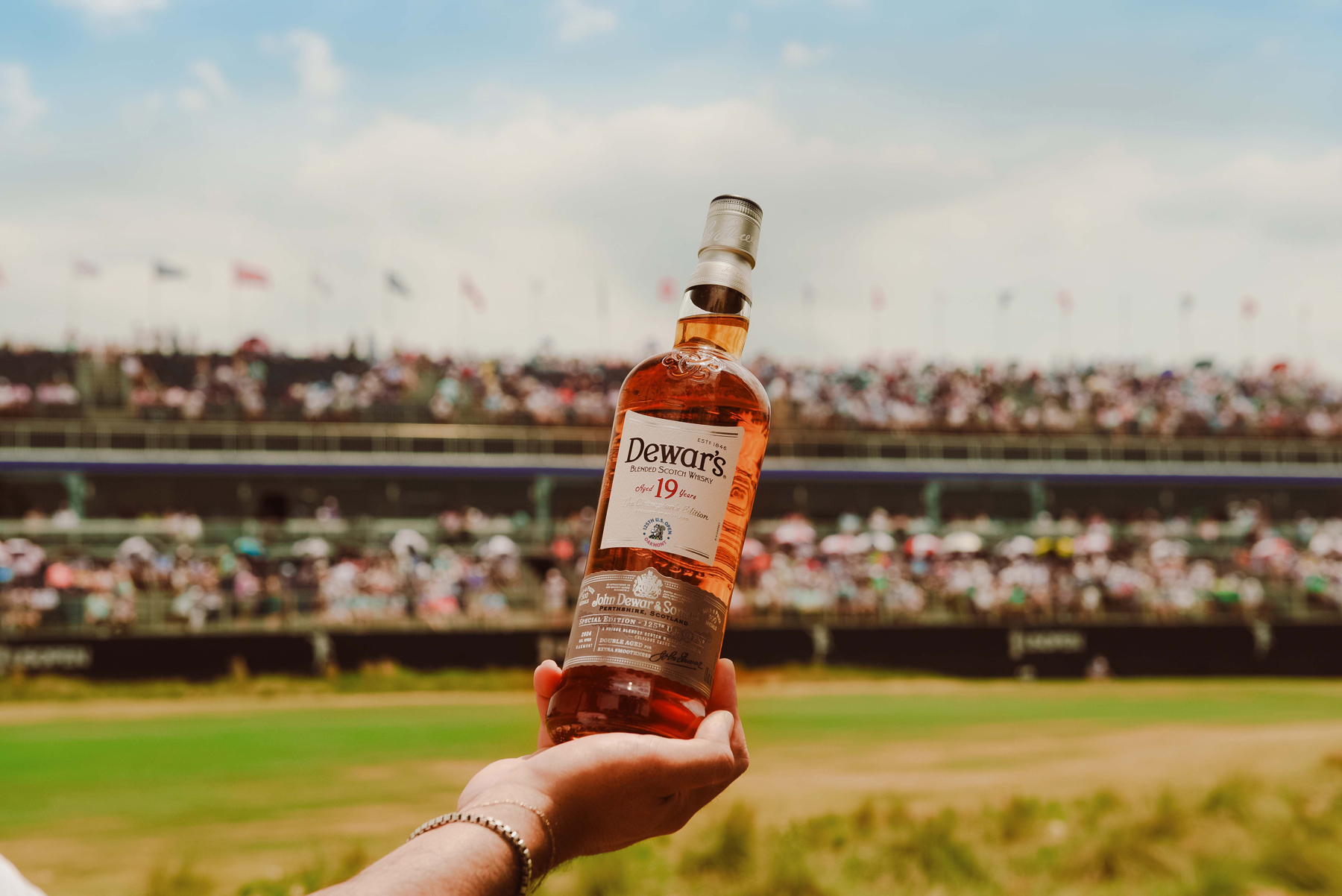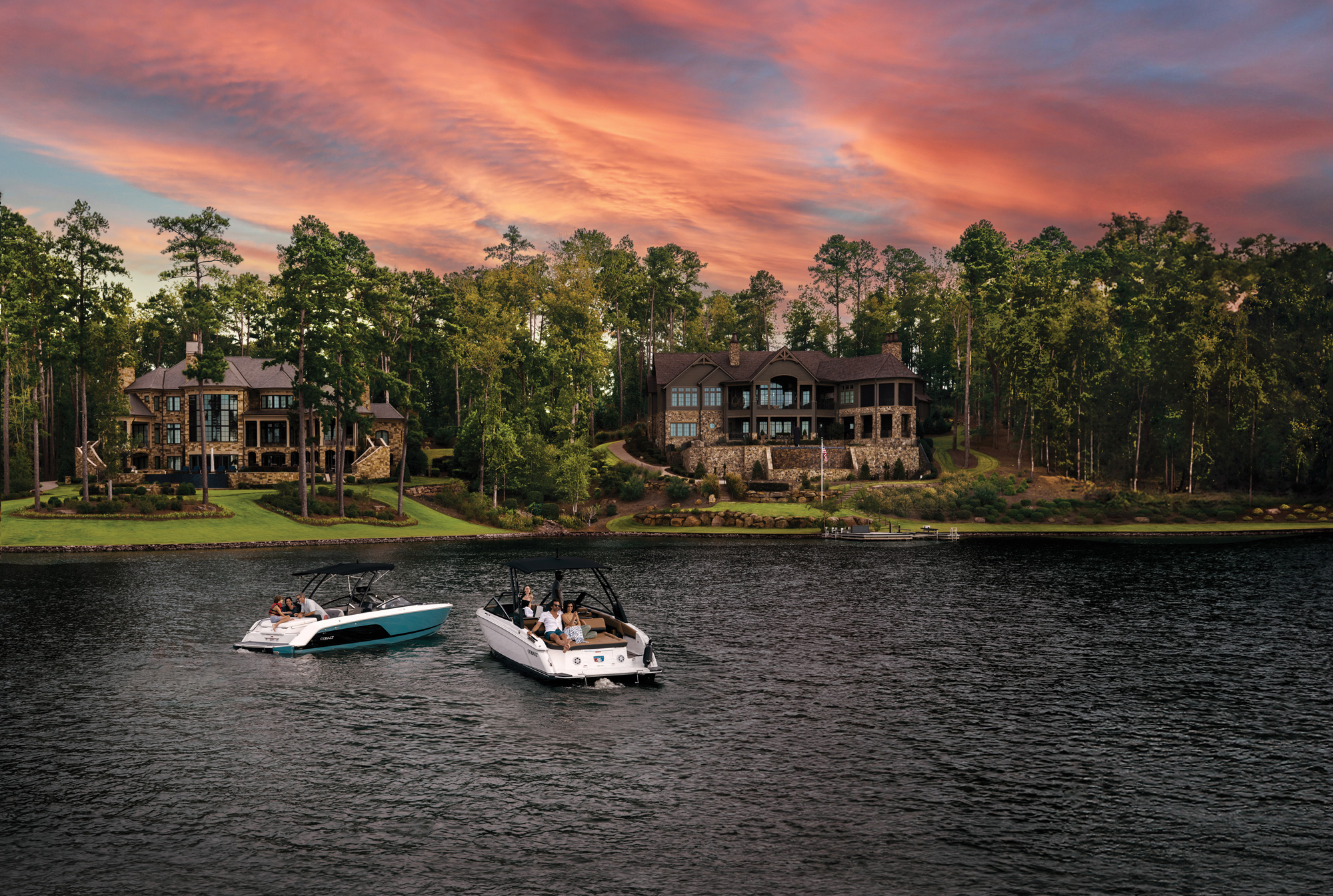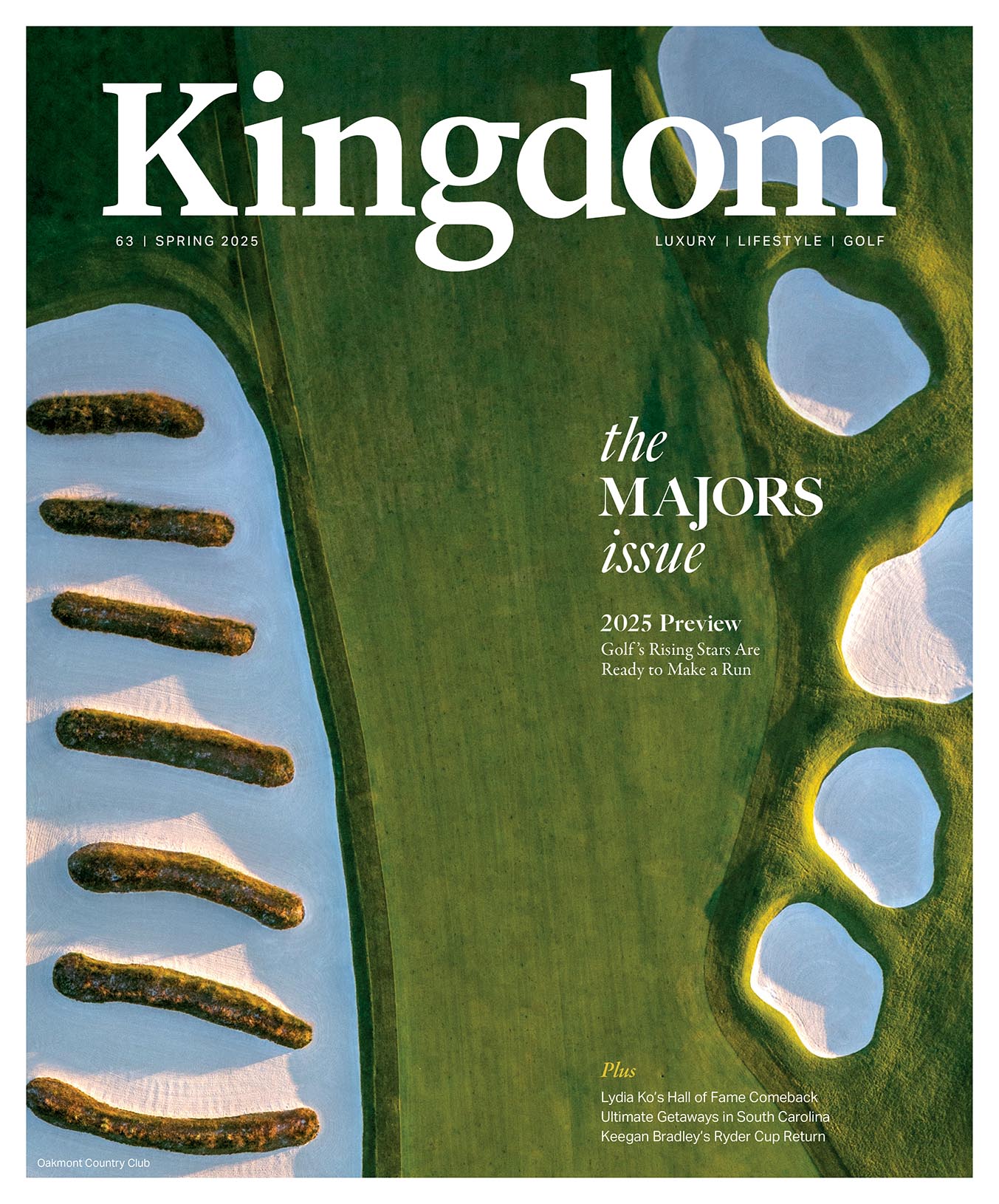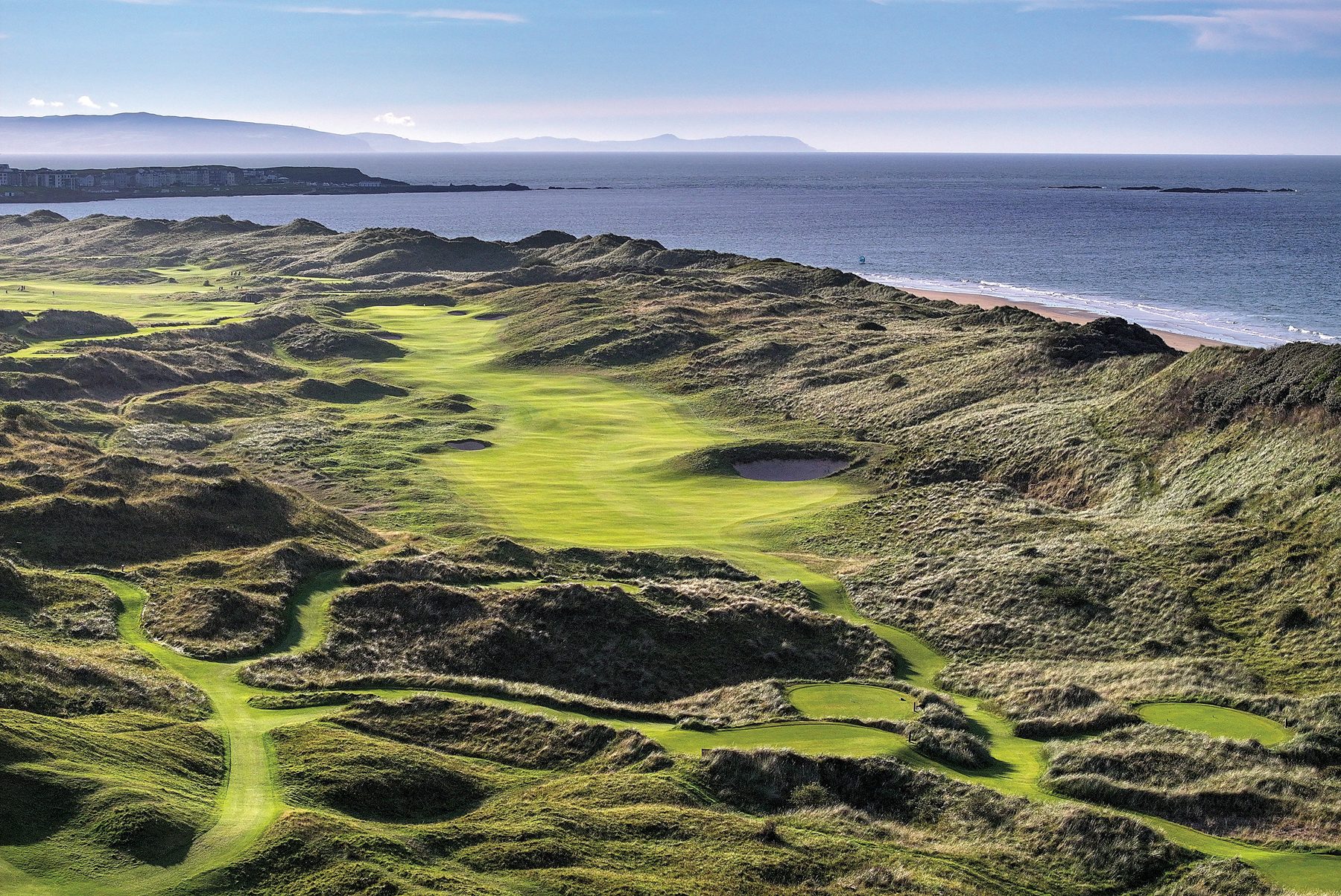
From Hate to Love
On his first skirmish with the Old Course in 1921, Bobby Jones, golf’s greatest amateur, ripped up his card and stormed off in disgust. Having licked his wounds, he returned six years later and led from start to finish. In 1958, when he became the first American freeman of St Andrews since Benjamin Franklin, Jones said: “The more I studied the Old Course, the more I loved it, and the more I loved it, the more I studied it.”

